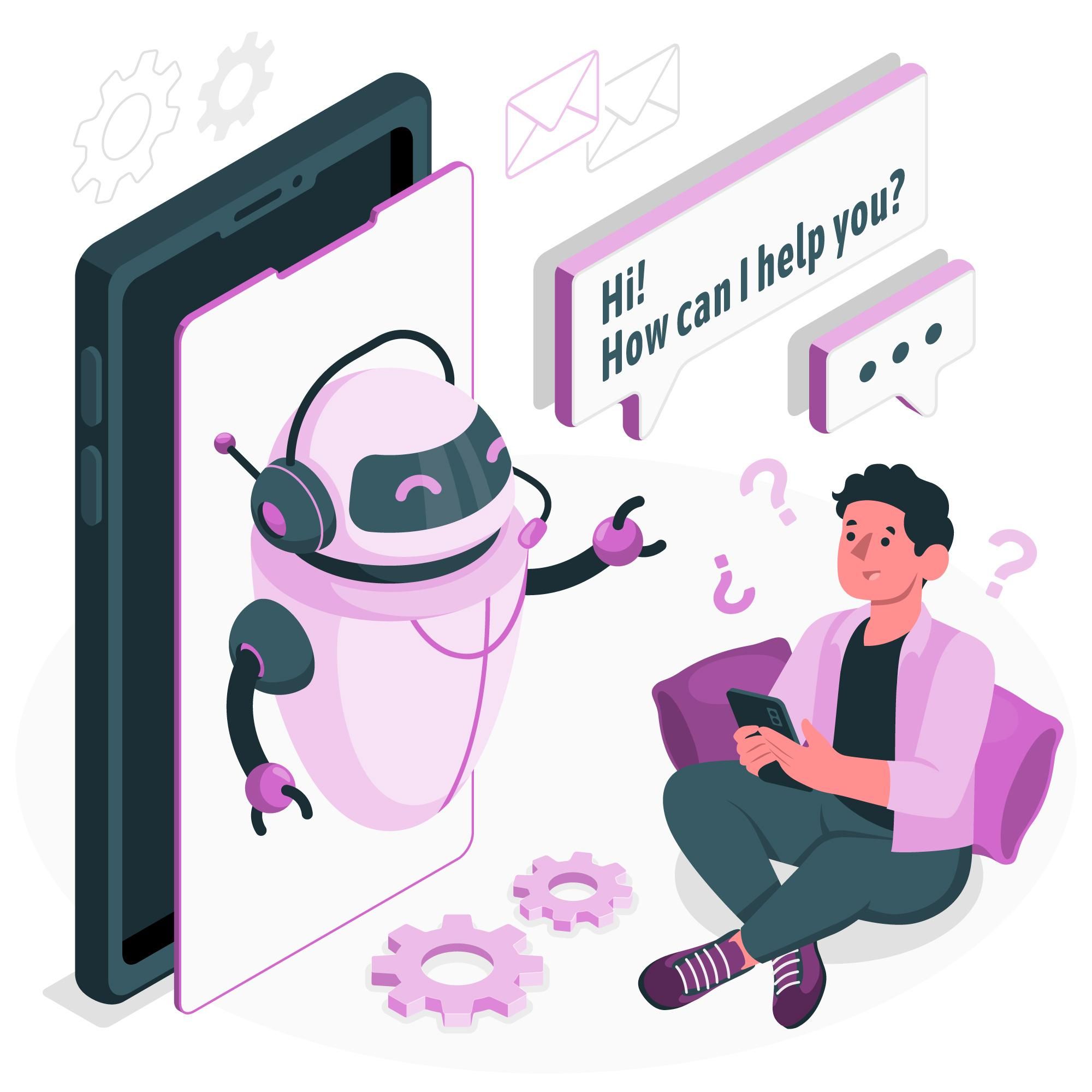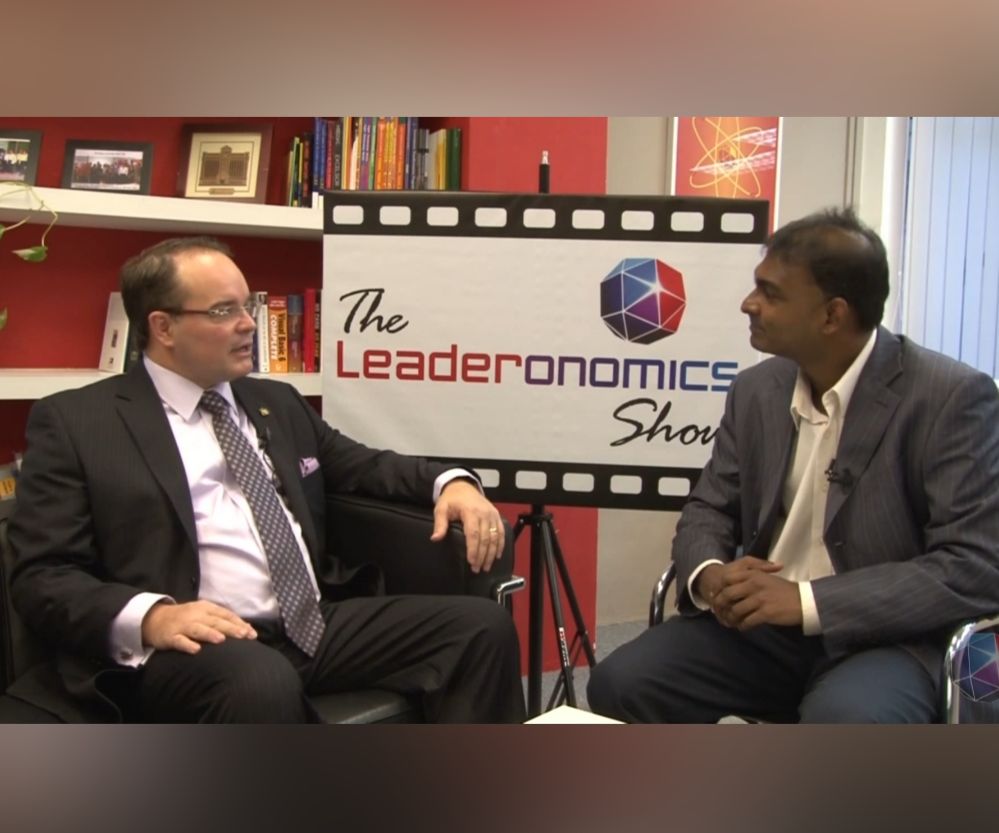Breakthrough to The Future

Vector image is from storyest.com.
Rapid technological breakthroughs, changing demographics, and increasing employee expectations are all driving significant changes in the workplace. The labour markets in Malaysia are experiencing unprecedented difficulties and it has altered how Malaysian workers view and approach their jobs. The following are some of the most important findings from the 2023 Randstad Employer Branding Report:
• In 2023, 16% more employees returned to an all-office schedule compared to the previous year.
• Of the 87% of respondents who indicated that non-financial benefits are important, 96% of them said flexible working arrangements are valuable.
• One in two people stated they would think about quitting their employment to achieve a better work-life balance.
To succeed in this dynamic environment, organisations must adopt forward-thinking strategies that allow them to navigate and overcome the challenges ahead. These challenges include shifting work models, shifting employee expectations, accelerated digital transformation, and sustainability. Here are components that are crucial for success in the workplace of the future.
Navigating and Breaking Through the Difficult World In The Face of Change
Organisations must then learn to manage and overcome obstacles in the face of tremendous change. Prioritising components that encourage agility as well as providing employees with the ability to adapt and innovate is important if these organisations want to succeed in this ever-changing business landscape. Organisations can put themselves in a position to take advantage of opportunities and get through roadblocks in their quest of success by following these ideas.
Adaptability - Above all, adaptability is important. Agile businesses adapt constantly to stay ahead of the curve. They react swiftly to market changes, client demands, and advancements in tech. To stay relevant, they continuously track external trends and make proactive changes to their business models, procedures, and organisational structures and pivot where necessary.
Innovation - Another crucial component of agility is innovation. By fostering an innovative culture, agile companies encourage people to think outside the box, challenge assumptions and come up with original ideas. These companies value new ideas and encourage staff members to ask impactful questions to foster that environment for innovation and critical thinking. An innovative culture will allow organisations to act swiftly to market disruptions, adapt their strategies in real-time, and capitalise on emerging trends. In an era of rapid change, agility becomes a competitive advantage, enabling organisations to not only survive but thrive in dynamic markets. A classic example here is Netflix.
Learning and development - Agile organisations prioritise learning and development, and they recognise that knowledge is a strategic asset. They invest in employee training, skill-building programs, and knowledge-sharing platforms to ensure that their workforce remains up to date with the latest industry trends and developments. This then enables them to navigate the complex challenges of the future.
Experimentation - To truly embrace agility, organisations must also encourage experimentation. Organisations must put in place processes where employees are empowered, feel psychologically safe to take calculated risks, test new ideas, and learn from failures. Agile organisations understand that failure is not a setback but rather an opportunity for growth and learning. They promote a mindset that views failures as valuable lessons that lead to improvement and innovation.
By embracing agility, organisations can position themselves to seize opportunities and overcome obstacles in the ever-evolving business landscape, especially after the pandemic.
Leadership in the Digital World
In the digital age, leaders must be able to leverage technological advancements to drive innovation, streamline processes, and enhance collaboration to stay ahead of the competition. The digital revolution has reshaped the way we work today, and it demands new leadership skills.
Mary Barra, the CEO of General Motors (GM), serves as a compelling example of digital leadership in the automotive industry. Recognising the need for GM to adapt to the changing landscape of mobility, Barra championed a digital-first mindset and embraced the power of technology to drive innovation and transformation.
Under Barra's leadership, GM embarked on a digital journey that encompasses electric vehicles (EVs), autonomous driving, and connected vehicles. She understood the potential of electric and autonomous technologies early on and made significant investments in these areas. By prioritising digital literacy and data analytics, Barra positioned GM as a frontrunner in the future of the automotive industry.
Her example highlights the importance of digital leadership in navigating the challenges and seizing the opportunities presented by the digital revolution.
Renaissance Leadership
In a world characterised by complexity and uncertainty, Renaissance Leadership is gaining recognition as a transformative approach. This leadership style draws inspiration from the historical Renaissance period, known for its interdisciplinary thinking, innovation, and exploration. Renaissance leaders possess a diverse set of skills, spanning multiple disciplines and domains, allowing them to navigate the complexities of the modern business landscape.
One example of Renaissance leadership can be observed in the late Steve Jobs, the co-founder of Apple Inc. Jobs was known for his ability to connect design, technology, and user experience, creating revolutionary products that transformed multiple industries. He embraced a holistic approach to product development, bringing together software, hardware, and aesthetics to deliver exceptional user experiences. Jobs' visionary leadership and integrative thinking enabled Apple to become a leader in consumer electronics, changing the way people interact with technology. His ability to bridge disciplines and his relentless pursuit of excellence embody the spirit of Renaissance leadership.
What does it truly mean to be a Renaissance Leader in your organisation, and do you possess the qualities and capabilities required to embody this transformative leadership style?
Mastering Communication and Influence
Research consistently demonstrates that effective communication and leadership by influence play pivotal roles in driving change and achieving breakthrough results in organisations.
Read more: Meaningful Communication: The Key To solving Workplace Problems
One real-life example of the transformative power of communication and leadership by influence is Indra Nooyi, the former CEO of PepsiCo. Nooyi prioritised effective communication and leadership by influence to drive change and achieve breakthrough results. She emphasised the importance of clear communication and alignment around the company's vision and strategy. Nooyi led the transformation of PepsiCo's product portfolio to include healthier options, responding to changing consumer preferences. Through effective communication, she inspired and mobilized employees, stakeholders, and consumers to embrace and support this strategic shift. Under her leadership, PepsiCo achieved significant growth and became recognised as a leader in the food and beverage industry.
Listen to this podcast: Raise Your Game: Strategic Influence in Leadership
Brand Leadership
In today's hyperconnected world, brand leadership has become a crucial factor in attracting top talent and engaging customers. Research reveals that particularly Generation Z, are highly discerning when it comes to brand leadership. They expect organisations to align their values with their actions, embrace authenticity, and create meaningful experiences. Building a strong brand is not just about marketing and visuals!
Howard Schultz, former CEO of Starbucks is widely recognised for his dedication to building a strong brand throughout his tenure. He actively embodied the Starbucks brand by immersing himself in the company's culture, interacting with employees and customers, and personally championing the brand's values.
Schultz's dedication to the brand and his personal involvement in initiatives like the Starbucks College Achievement Plan, which provides educational opportunities to employees, further reinforced the authenticity of the brand and the organisation's commitment to its values. This commitment translated into higher levels of trust and loyalty among employees. Leveraging on this, Starbucks established a brand that not only resonates with the customers but also set them apart from their competitors.
Malaysian Leadership Summit 2023
The future of work presents both challenges and opportunities. As leaders, it is your responsibility to guide your teams through these transformative times.
Are you doing enough to empower your teams to ride through these difficult times and provide them with an environment that encourages innovation, adaptability, and growth? Sign up and be part of the upcoming Malaysian Leadership Summit 2023 (Summit). The Summit, part of the Asian Leadership Series, is sponsored by Malayan Banking Berhad and SP Setia Berhad and organised by Leaderonomics and Global Leadership Network Malaysia in partnership with Together We Can Change The World, a non-profit organisation dedicated to improving the well-being of women and children in Southeast Asia.
Read Key Takeaways from the Malaysian Leadership Summit 2022 here
The Summit, themed ‘Breakthrough To The Future’ is about inspiring and empowering leaders across organisations, unlocking their true potential, and achieving breakthrough success in the workplace. Global speakers at the Summit will share game-changing strategies, compelling stories, and insights focusing on the evolving landscape of sales post Covid 19. It will be absolutely transformative for all.
All net proceeds obtained from ticket sales of the Summit will be given to Malaysian charities and community organisations. You will not only help your employees grow and develop their leadership skills but also make a huge difference to communities. Sign up today for the Summit here.
Read:
Breakthrough to the Future: Insights from The Malaysia Leadership Summit 2023 (Part 1)
Breakthrough to the Future: Insights from The Malaysia Leadership Summit 2023 (Part 2)
Edited by: Kiran Tuljaram
Leadership
Tags: Business Management, Digital, Brand, Executing Leadership, Organisational Challenges, Transformation & Change
Kiran Tuljaram, the Lead Editor at Leaderonomics, brings a wealth of experience to her role. With a background as a trained lawyer, she dedicated nearly a decade to the banking industry before embarking on her entrepreneurial journey. Following her tenure as a Legal Manager at a bank, Kiran founded and successfully ran multiple businesses, including the establishment of her own fashion accessories label. Balancing her entrepreneurial endeavours, Kiran is also a devoted mother to three girls. Her varied background in banking, motherhood, employment, occasional social work, and managing director in her business has provided her with invaluable insights and a unique perspective on the critical importance of leadership within organisations.





